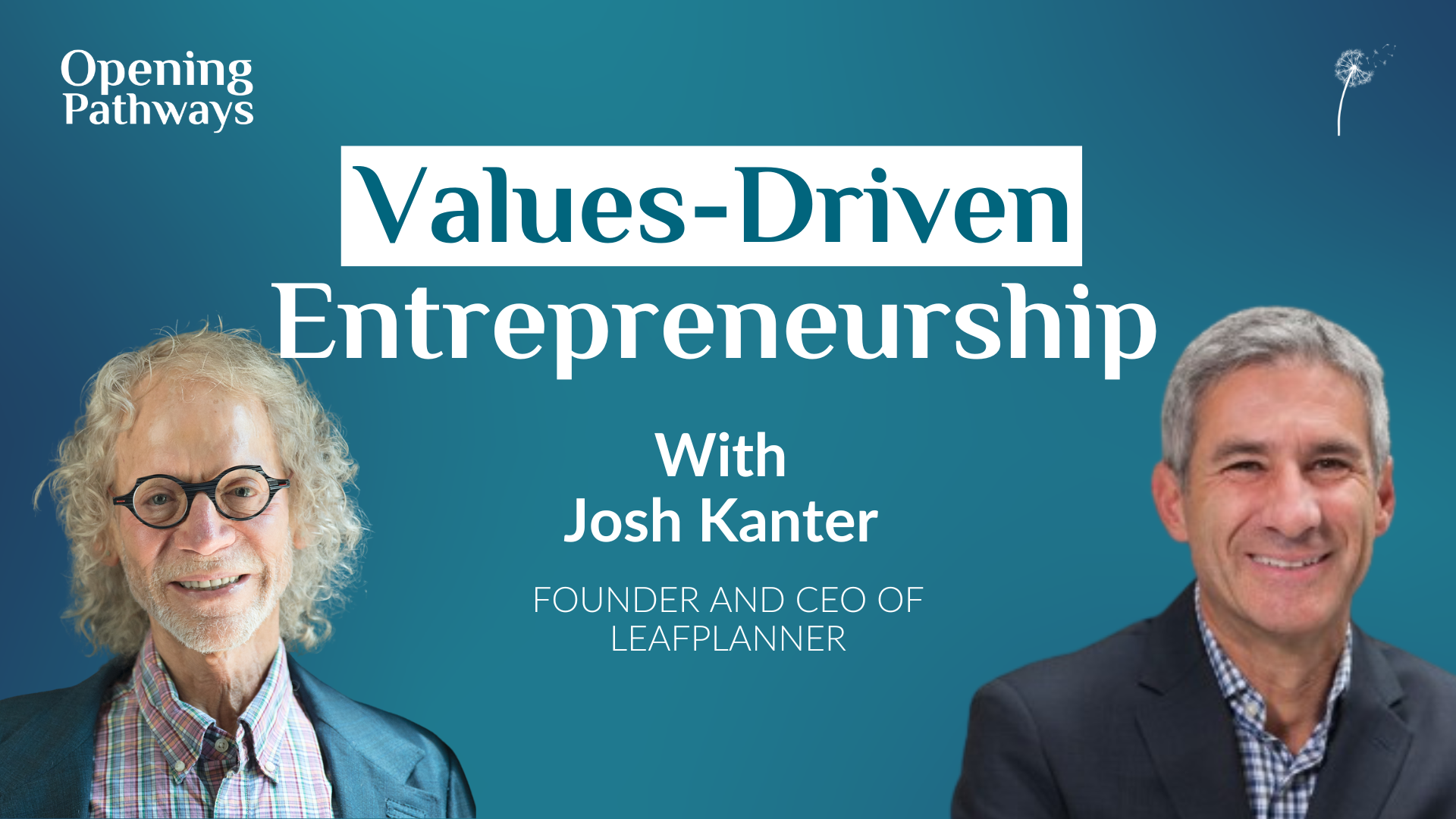Fairness vs. Equity in Wealthy Families: Lessons from Two Monkeys
By Josh Kanter
In one of the most famous behavioral experiments on fairness, two capuchin monkeys are placed side by side and given the same simple task: hand over a rock to receive a reward. At first, both monkeys receive cucumber slices and seem perfectly content. Then, the researcher begins rewarding one monkey with grapes, a far sweeter and more desirable treat, while the other continues to receive cucumbers.
What happens next is both comical and profound: the monkey still receiving cucumbers suddenly becomes enraged. It throws the cucumber back, shakes the bars, and refuses to participate further.
“They really seem to have a sense of fairness. When one gets more than the other, it’s a kind of injustice they clearly recognize.” – Frans de Waal, TED Talk: Two Monkeys Were Paid Unequally
The experiment, though lighthearted on its surface, reveals something deep about human (and primate) psychology: our sense of fairness is tied to relative comparison, not absolute reward. We don’t measure satisfaction in isolation but in comparison to what others around us receive.
Fairness and Equity Inside Wealthy Families
In wealthy families, this dynamic plays out not with cucumbers and grapes, but with inheritances, gifts, career support, and opportunity.
When families begin to talk about what’s “fair,” the conversation often starts with good intentions, but it can quickly turn emotional, even divisive.
Over the years, I’ve seen that the wealthiest and most well-structured families are not the ones who always divide things evenly, but the ones who understand and communicate the difference between fairness and equity.
1. Fairness Isn’t Always Equality
On paper, it might seem fair to leave equal shares to each child. But equality is not always equitable.
One child may have chosen a career in social work or education, another might have launched a successful company, and a third could be managing the family’s investments. Their paths, risk tolerance, and lifestyles all differ. Equal financial treatment in such cases can create imbalance, both in resources and in relationships.
True fairness considers the context behind each individual’s circumstances. It’s no surprise, then, that only about 28 % of high‑net‑worth parents plan to split their wealth equally among their children, reflecting the complexity of balancing fairness with individual needs.
2. Equity Considers Context
Equity is about calibrating support to create balance.
For example, parents might fund graduate school for one child, provide startup capital for another’s business, and create a trust to support a third child’s family. While the dollar amounts differ, the intention is the same: to empower each individual in a way that aligns with their goals and responsibilities.
This approach requires thought, communication, and transparency, but it’s often what creates harmony across generations.
3. Perception Matters More Than Math
When it comes to wealth, perception often outweighs arithmetic.
A child who feels left out or undervalued may experience the same visceral reaction as that cucumber-receiving monkey, even if they’ve been materially well provided for.
“The sense of unfairness can be more powerful than any material inequity.” – Frans de Waal
That’s why open communication is essential. Families that clearly articulate why decisions were made, grounded in values, purpose, and context, tend to avoid misunderstandings and resentment. Silence and distrust, by contrast, is the leading cause of wealth-transfer failure in wealthy families.
4. Values Over Valuables
The most successful families I’ve worked with build decision-making frameworks around shared values rather than dollar amounts.
When a family’s wealth is guided by purpose, philanthropy, education, stewardship, legacy, it reframes the conversation from “who gets what” to “how do we use what we have to make a lasting impact?”
“What we do with wealth defines us more than what we inherit.” – Adapted from John L. Ward, family business thought leader
This shift doesn’t just ease tension, it strengthens identity and connection across generations.
The Risk of Avoiding These Conversations
Many families postpone these discussions because they’re uncomfortable. But the absence of clarity can be far more damaging than any single decision. In fact, 58 % of individuals over 55 say they haven’t discussed passing on money with their children, an indication that silence and delay often precede misunderstanding.
Without documented reasoning, context, or communication, future generations are left to interpret choices without understanding intent. This is where resentment, and sometimes litigation, begins.
Where Structure Meets Intention
At leafplanner, we built our platform to help families navigate exactly these moments, organizing not just their data, documents, and entities, but also the context and intent behind decisions.
A well-designed leafplan doesn’t just capture assets; it captures alignment, how the family defines fairness, what values guide distributions, and how communication flows between generations.
Because at the end of the day, fairness is rarely about the grapes or the cucumbers. It’s about trust, transparency, and understanding why decisions were made in the first place.
The Takeaway
The monkey experiment reminds us that fairness is not about equal slices of cucumber or identical shares of wealth, it’s about empathy, context, and clarity.
Families that take the time to define what fairness means within their unique ecosystem are far more likely to sustain harmony, preserve relationships, and steward their wealth intentionally.
In the end, what keeps families thriving across generations isn’t perfect equality, it’s shared understanding.

.png)
.png)



